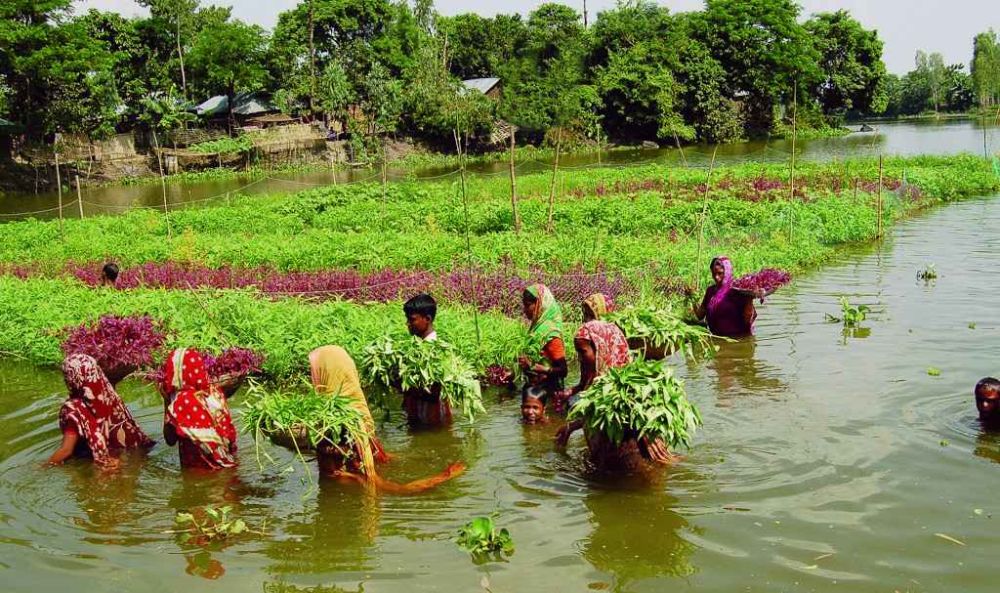

Inle Lake, located in the Shan Hills of Myanmar, is not only a body of water but a source of life, culture, and a unique form of agriculture exemplified by its remarkable floating gardens. Tourism in this region has a rich history, enhancing not only the local economy but also the cultural exchange between visitors and residents. Let's delve into the journey of this fascinating destination and its allure to tourists around the world.
The allure of Inle Lake began centuries ago, with the Intha people, known for their unique leg-rowing technique and their stilt houses perched above the water. The floating gardens, locally known as 'Kyun-Hmyaw,' were developed out of necessity for agricultural space. The technique involves creating beds of water hyacinth, weeds, and mud, anchored by bamboo poles, allowing for the cultivation of various crops such as tomatoes and squash.
The early tourism on Inle Lake was a gentle stream of intrepid travelers and scholars drawn by the lake's cultural and natural beauty. Word of this hidden paradise spread over time, piquing the curiosity of individuals seeking unique experiences away from well-trodden tourist paths.
It wasn't until the later decades of the 20th century that Myanmar (formerly known as Burma) slowly began to open up to international visitors. In the 1990s, the government began to recognize the economic potential of tourism and subsequently started investing in infrastructure to accommodate international visitors. This development included the construction of hotels and guesthouses in Nyaungshwe, the gateway to Inle Lake, along with improvements in transportation and local amenities.
In the early 2000s, tourism at Inle Lake experienced significant growth. The appeal of the floating gardens, the leg-rowing fishermen, and the serene beauty of the lake attracted visitors from around the world. Recognition by UNESCO as a Biosphere Reserve in 2015 further increased Inle Lake's profile as a destination for eco-tourism and cultural exploration.
In recent years, there has been a shift toward sustainable and responsible tourism practices in Inle Lake. Local communities, NGOs, and international bodies are working together to preserve the ecological balance and the traditional way of life which includes the floating gardens. Tourists today are more interested in authentic experiences, cultural immersion, and supporting practices that protect the environs they visit.
Community-based tourism initiatives have sprung up, allowing visitors to engage directly with local inhabitants, learn about their way of life, and participate in conservation efforts. Such trends ensure that the benefits of tourism trickle down to the local economy and aid in the conservation of Inle Lake's unique heritage.
However, as with many tourist destinations, Inle Lake faces challenges such as environmental degradation due to the increased human activity and the balance between economic development and cultural preservation. There's an ongoing effort to educate both locals and tourists on sustainable practices to ensure the vitality of the floating gardens for future generations.
The future of tourism in Inle Lake lies in embracing sustainable practices and promoting responsible travel. By honoring the history of this unique place and investing in its preservation, Inle Lake will continue to captivate the hearts of travelers for many years to come.